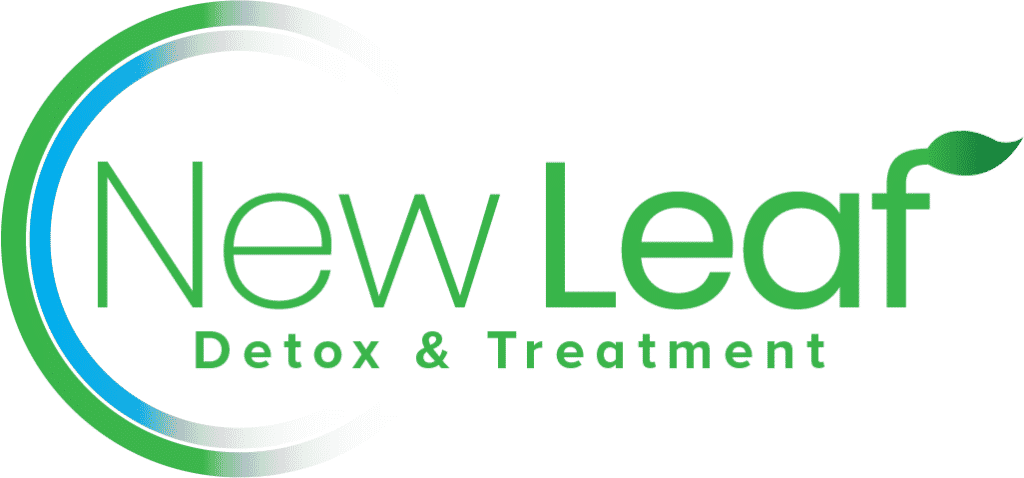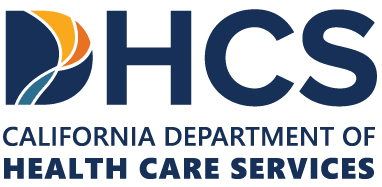MAT employs various medications based on the substance of abuse. For instance, Methadone, Buprenorphine, and Naltrexone are commonly used for opioid addiction, while Disulfiram and Acamprosate are effective for alcohol addiction. These medications work through different mechanisms, such as reducing cravings, blocking the effects of substances, or inducing mild withdrawal to deter continued use.
While medications address the physiological aspects of addiction, behavioral therapies are essential for addressing the psychological and emotional factors. Cognitive Behavioral Therapy (CBT), Motivational Interviewing, and contingency management are frequently used to help individuals develop coping strategies, identify triggers, and modify their thought patterns and behaviors related to substance use.
MAT is not a one-size-fits-all approach. Medical professionals tailor treatment plans to each individual’s needs, considering factors like the type and severity of addiction, medical history, and personal circumstances. Close medical supervision ensures proper medication management and adjustment as the person progresses through their recovery journey.
Understanding Medication-Assisted Treatment (MAT)
Medication Assisted Treatment involves the use of FDA-approved medications in combination with behavioral therapies to treat substance use disorders such as opioid, alcohol, and nicotine addiction.
The primary goal of MAT is to alleviate withdrawal symptoms, reduce cravings, and normalize brain function, enabling individuals to focus on their recovery journey without the intense physiological disruptions that often accompany addiction cessation.
MAT is not a standalone solution but rather a part of a holistic treatment plan that includes counseling, therapy, and support groups.
Benefits of Medication-Assisted Treatment
The physiological discomfort associated with withdrawal often leads to relapse. MAT helps individuals stay engaged in treatment by alleviating these symptoms, increasing the likelihood of successful recovery.
Medications used in MAT can significantly reduce the intensity of cravings, enabling individuals to focus on rebuilding their lives without the constant urge to use substances.
MAT provides a controlled and regulated environment for medication administration, minimizing the risk of overdose. Additionally, it reduces the chances of contracting infections related to intravenous drug use.
By stabilizing brain function and addressing withdrawal symptoms, MAT allows individuals to regain a sense of normalcy. This can lead to improved mental health, better social functioning, and increased overall well-being.
Conclusion for Medication-Assisted Treatment
Medication-Assisted Treatment is a game-changer in the field of addiction recovery, offering a multi-faceted approach that tackles both the physical and psychological aspects of addiction. By combining FDA-approved medications with behavioral therapies, MAT increases the chances of successful, long-term recovery, helping individuals break free from the cycle of addiction and regain control over their lives. If you or someone you know is struggling with addiction, exploring MAT as part of a comprehensive treatment plan could be a transformative step towards lasting recovery. Remember, seeking professional medical advice is crucial to determine the most suitable approach for individual needs.



